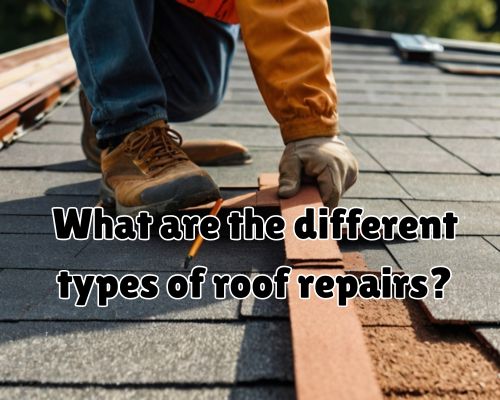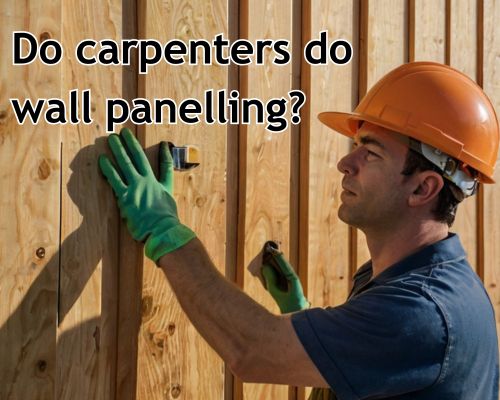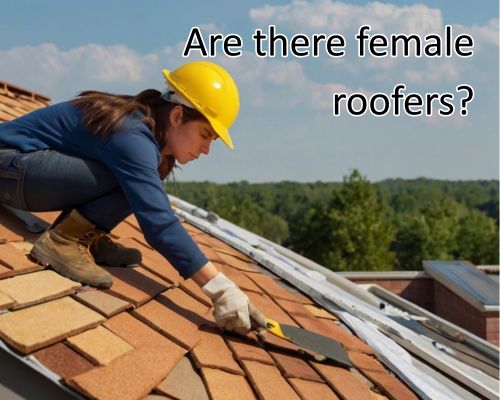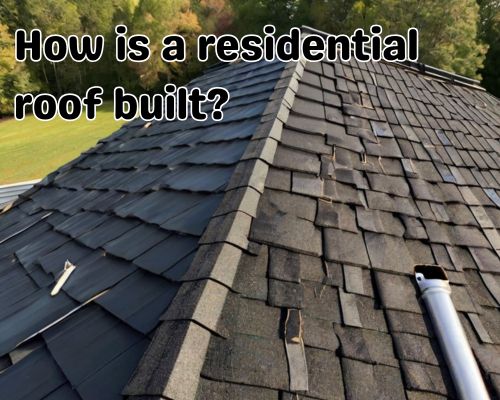Does Lowe’s Install Gutters in West Palm Beach, Florida?
Does Lowe’s Install Gutters in West Palm Beach, Florida?
Introduction: Gutters Matter More Than You Think
When it comes to home maintenance in West Palm Beach, Florida, one of the most overlooked components of a property’s longevity is the gutter system. From hurricane season downpours to year-round humidity, Floridians depend on effective drainage systems to protect their roofs, siding, foundations, and landscaping. This raises an essential question for homeowners and property managers alike: Does Lowe’s install gutters? If you’re in Palm Beach County, with Mike Owen from Gutters of West Palm Beach, we’ll dive into Lowe’s gutter installation services, local availability, and what to expect.
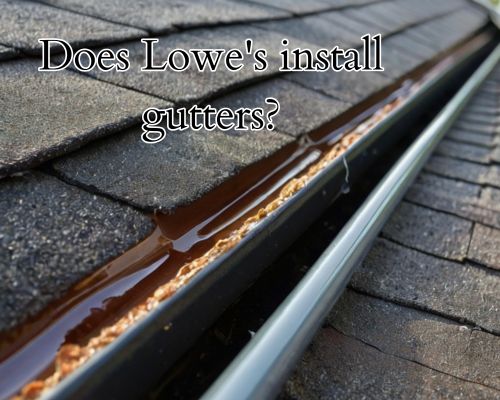
Does Lowe’s Install Gutters?
Yes, Lowe’s does install gutters, including complete gutter system replacements and upgrades. As one of the largest home improvement retailers in the U.S., Lowe’s offers professional installation services through vetted, local contractors. This includes seamless aluminum gutters, vinyl gutters, gutter guards, and downspout extensions.
Their installation process is typically turn-key, encompassing:
- Free in-home consultations
- Custom measurements
- Gutter type recommendations
- Removal of old gutters
- Full system installation
Most importantly, these services are available in West Palm Beach, FL, and surrounding cities such as Lake Worth, Boynton Beach, and Palm Beach Gardens.
Why Choose Lowe’s for Gutter Installation in West Palm Beach?
Let’s be real: in West Palm Beach, you can’t afford to gamble with bad drainage. Here’s why Lowe’s might be your go-to option.
✅ 1. Local Contractor Network
Lowe’s partners with licensed, insured local professionals, ensuring that the technicians handling your gutter system understand South Florida’s tropical climate and local building codes. This is especially crucial during storm season, when improper drainage can lead to foundation damage or roof leaks.
✅ 2. Product Variety
From K-style gutters to half-round profiles, Lowe’s offers a variety of materials including:
- Aluminum (most popular for Florida’s humidity)
- Vinyl (budget-friendly and rust-resistant)
- Copper (premium, durable, aesthetic appeal)
Pair these with gutter guards like Amerimax Lock-In Gutter Guards and Frost King mesh guards to reduce clogging from palm fronds, leaves, and tropical debris.
✅ 3. Warranty Protection
Installations are typically backed by one-year labor warranties, with product warranties varying by brand. For example, Amerimax and Spectra Metals gutter systems come with extended corrosion warranties, ideal for coastal climates like West Palm Beach.
Cost of Gutter Installation at Lowe’s (West Palm Beach Edition)
If you’re budgeting for gutter installation in Palm Beach County, here’s what you can expect:
| Gutter Type | Cost per Linear Foot | Average Home Cost (150 Linear Feet) |
|---|---|---|
| Aluminum Gutters | $6–$12 | $900–$1,800 |
| Vinyl Gutters | $4–$8 | $600–$1,200 |
| Copper Gutters | $20–$40 | $3,000–$6,000 |
Note: Prices can fluctuate based on roof complexity, fascia condition, and added components like downspouts and guards.
Also, Lowe’s provides financing options, which are especially useful for full exterior upgrades.
How the Process Works (Step-by-Step)
- Schedule Consultation
Book through the Lowe’s website or visit the West Palm Beach Lowe’s location at 4701 Okeechobee Blvd. - Receive a Free Estimate
A contractor visits your property, assesses the existing system, and offers material choices, see Mike Owen from Gutters of West Palm Beach. - Customize and Schedule
Once you approve the quote, Lowe’s schedules the installation date. Most jobs are completed in 1–2 days, depending on complexity. - Installation & Cleanup
The crew installs the gutters, tests drainage, and removes debris. You’re left with a clean site and new, functional gutters. - Warranty & Follow-Up
All paperwork and warranty documentation are provided. Post-install follow-ups are also common in customer service-driven locations like West Palm Beach.
Alternatives in West Palm Beach
While Lowe’s is a trusted name, it’s smart to weigh other local gutter installers as part of your decision-making. Notable competitors in West Palm Beach include:
- All Gutter Systems Inc.
- Seamless Gutter Masters
- Palm Beach Gutter Pros
These companies may offer more customized service packages or faster turnaround times during peak seasons.
However, Lowe’s wins when it comes to brand trust, bulk purchasing power, and nationwide warranty systems—which smaller businesses can’t always match.
FAQs About Lowe’s Gutter Installation in West Palm Beach
❓Can I buy gutters from Lowe’s and install them myself?
Yes, Lowe’s sells DIY-friendly gutter kits. However, improper slope angles and sealant errors can lead to water pooling—a major issue in Florida’s rainy climate.
❓Are gutter guards worth it in West Palm Beach?
Absolutely. With year-round vegetation, including Royal Palms and Ficus trees, gutter clogs are a recurring issue. Guards minimize maintenance and extend system life.
❓Does Lowe’s offer storm-resistant gutters?
Lowe’s stocks high-gauge aluminum options and offers hurricane-rated fasteners, perfect for Palm Beach County’s storm-prone conditions.
Final Verdict: Should You Hire Lowe’s for Gutter Installation?
If you’re a homeowner, property manager, or real estate investor in West Palm Beach, Florida, Lowe’s offers a dependable, cost-effective solution for gutter installation. With access to locally experienced contractors, a wide range of gutter styles, and backed warranties, it’s a smart choice for both aesthetics and structural protection.
Add in Lowe’s regular seasonal promotions and military discounts, and the value proposition becomes even stronger.
Local Pro Tip 💡
Hurricane season typically runs June to November. Book your gutter installation in early spring (March–April) to avoid high-demand delays and ensure your home is storm-ready.
